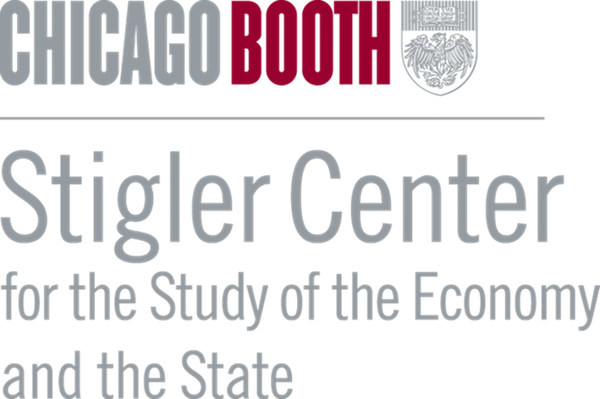antitrust and competition
The DOJ Seeks To Unbundle Apple’s Core
Randy Picker reviews the context of the Department of Justice’s lawsuit against Apple and the questions of merit and the competitive obligations of dominant firms driving the case.
At Stake in the Apple Case Is Foregone and Future Innovation
Fiona Scott Morton provides her initial thoughts on the Department of Justice’s lawsuit against Apple, how it compares to current and past tech cases, and the arguments she anticipates each side will make.
The Eight Features Defining Emergent Competition Policy for the Digital Era
Drawing on new research, Oles Andriychuk identifies eight defining features of the European Union’s and United Kingdom’s new laws to regulate competition in digital markets that transform how we understand competition policy.
What Is the Role of Economics in Merger Review?
Eric Posner discusses why many antitrust professionals believe the law follows economic interpretation, despite the absence of economics in the relevant statutes. He argues that antitrust laws themselves have been resistant to adopting a coherent "economic theory" approach, leading to a tension between the economic views of agencies and academics versus the legal interpretations taken by courts.
First Evidence on the Use of Training Repayment Agreements in the US Labor Force
Similar to noncompete clauses in employment contracts, training repayment agreements, which require employees to pay back their employers for firm-sponsored training if they quit early, can impede worker mobility and reduce competition in labor markets. The authors document the pervasiveness and characteristics of these provisions and suggest directions for future research.
Management Studies Offers Antitrust a More Sophisticated Picture of Firm Behavior
Neoclassical economics, which places the rational and well-informed actor maximizing utility at its foundation, underpins the dominant schools of thought on firm behavior in antitrust. Although neoclassical economics assumes that firms maximize profit, it has little to say on the actual decision-making processes within firms that drive firm conduct. In part, this is because neoclassical economists view the firm as a “black box,” whose decision-making behavior is too idiosyncratic or obscure to link to output and performance. At the same time, neoclassical assumptions about firm rationality and profit maximization mean that whatever these idiosyncratic behaviors of the individual firm may be, they are designed to maximize profit and returns to owners. Thus, firm decisions can be presumed to be rational.
Do Corporate Mergers and Acquisitions Hurt Workers?
Competition authorities and analysts are increasingly focused on the impact of mergers and acquisitions on worker welfare. Using a novel dataset on Canadian firms and workers, David Arnold, Kevin Milligan, Terry S. Moon and Amirhossein Tavakoli test the empirical validity of several theories on how M&A may help or harm workers.
The Purchase of Unionized Labor Is a Relevant Buyer-Side Market in the Kroger-Albertsons Merger
Critics of the Federal Trade Commission’s lawsuit last week to block the Kroger-Albertsons merger claim that the agency incorrectly limits the relevant buyer-side market to unionized grocery workers. Steve C. Salop argues that the critics are wrong, and that standard antitrust analysis shows the FTC has it right.
Refuting the Myths Defending the JetBlue-Spirit Merger
For the first time in decades, the Department of Justice filed suit against an airline merger—and won. William McGee argues that the next fight is correcting false assertions concerning JetBlue and Spirit for the sake of future potential mergers, such as one between Alaskan and Hawaiian Airlines.
History Provides Inspiration for a Stronger Alliance Between Labor and Antimonopoly Advocates
Although the antimonopoly neo-Brandeisians and the labor movement share many goals, including a desire to reduce the power of big business, significant tensions exist, such as labor’s past support for mergers when they advance the ability of workers to unionize. Kate Andrias traces the history of labor’s relation with antitrust to show that, despite historical and contemporary tensions, there have also been deep connections between the two movements that show how they can better complement each other in the future.





